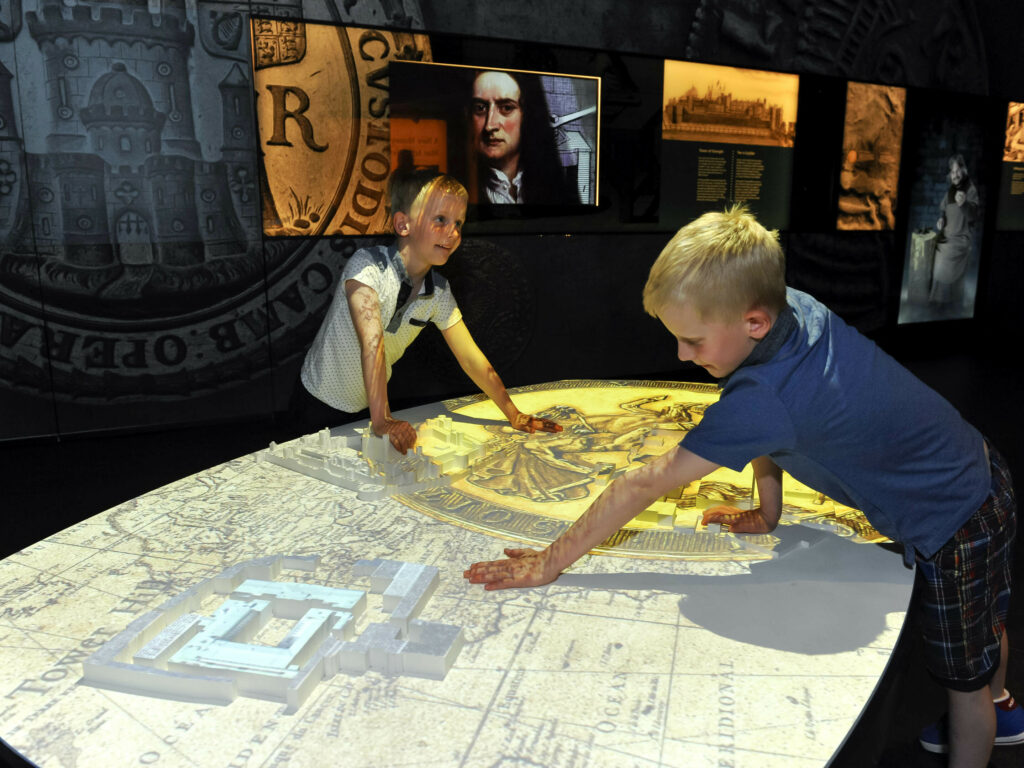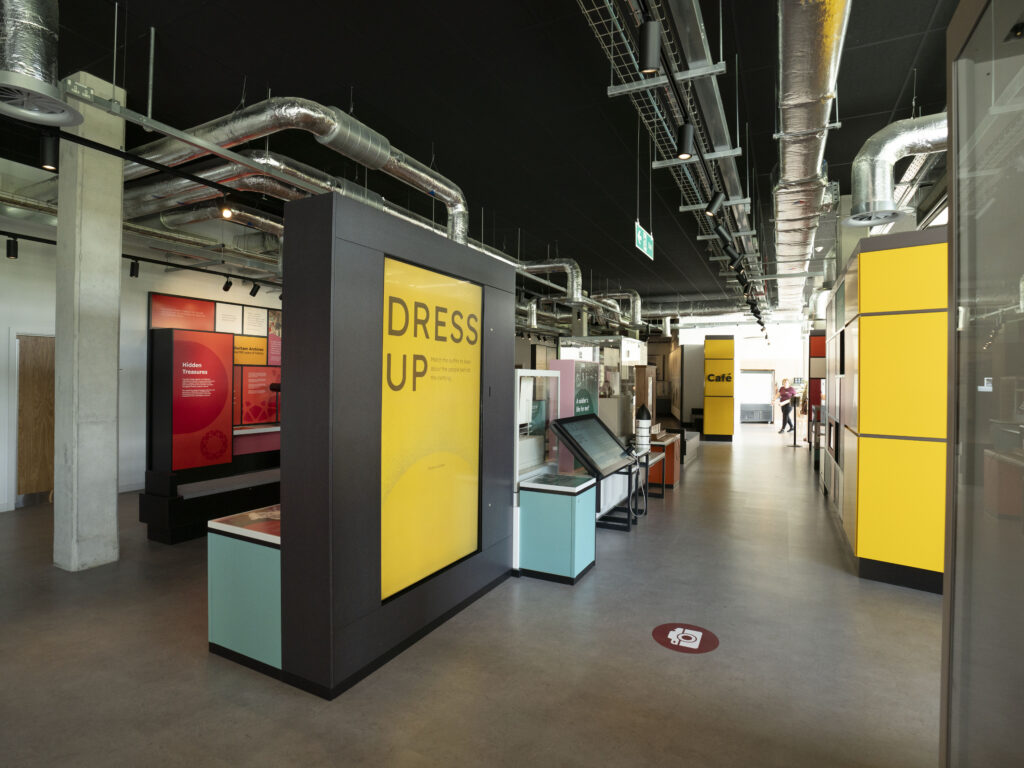By incorporating STEM into their exhibitions and programmes, museums are opening a world of interactivity and learning for all ages and learning styles. In this blog, we’ll explore how you can integrate STEM learning into your museum.
Why is STEM learning important?
- STEM subjects play a significant role in our daily lives. Integrating STEM content keeps museums current and relevant.
- STEM appeals to a broad audience. People of all ages and backgrounds can engage with STEM exhibitions, making museums more inclusive.
- STEM exhibitions encourage critical thinking and problem-solving skills, which are highly valued skills.

How can you integrate STEM learning into your museum?
Defining your ‘Why’ and ‘Who’
Firstly, define your goals for incorporating STEM learning into your museum. What are you hoping to achieve? Who is your target audience?
Collaborate with STEM Experts
Once you’ve figured out your ‘why’ and ‘who’, it may be useful to work with STEM experts, educators, and researchers. Mather & Co was proudly engaged in the development of the acclaimed Silverstone Museum. The on-site Silverstone Technology University worked alongside us to develop some of the exhibits for the ‘Tech Lab’. Working with STEM experts is beneficial as it can help develop a relationship with students and schools from the outset.
Hands-On Exhibits
STEM learning thrives on interactivity. Create spaces within your museum where visitors can conduct experiments, solve problems, and immerse themselves in STEM concepts.
Real-World Applications
STEM learning is about showcasing how STEM concepts are applied in the real world and how to overcome them. Using interactive elements enhances the learning experience, this can be done through audio, video, AV etc.
Our design work at W5 Science and Discovery Centre incorporates fun STEM learning with real tasks and scenarios, enabling visitors to discover a problem, then design and experiment how to overcome it. Interactives include a giant Marvellous Machine, featuring mechanical interactivity that explores ancient mechanics such as the Archimedes’ screw, cogs, springs, and levers. Visitors can build, test and race their own car in the ‘Move It’ zone, which demonstrates physics theories such as drag, thrust, aerodynamics, speed, gears, materials, and grip.

Tailor to Diverse Audiences
There is no age limit on learning new things, STEM learning isn’t just aimed at children, it can be for all ages. Ensure your STEM exhibitions are accessible and engaging for everyone, regardless of age, background, or learning style.
Continuous Improvement
Collect feedback from visitors and experts and use it to make improvements. This process will help keep your STEM exhibitions dynamic and responsive.
Outreach and Education
It’s a good idea to partner with local schools, community groups, and education institutions. Offer educational programmes, workshops, and resources to engage the broader community.
By incorporating STEM learning, museums can transform their exhibitions into dynamic and educational spaces, providing valuable educational experiences for visitors of all ages.
If you’re considering integrating STEM learning into your museum, Mather & Co has a rich history of successful projects, such as the Silverstone Museum, Hydro Ness, W5 Science and Discovery Centre, and Shrewsbury Flaxmill Maltings. We’re here to help you create an engaging STEM exhibition.
You can chat with us via email info@matherandco.com or via phone 01625 521 128.




